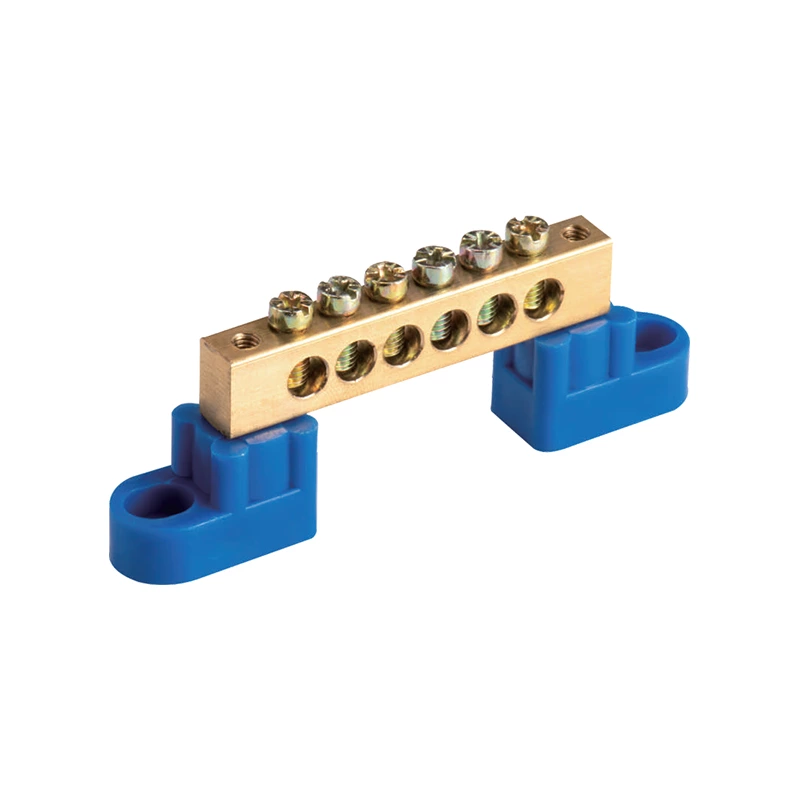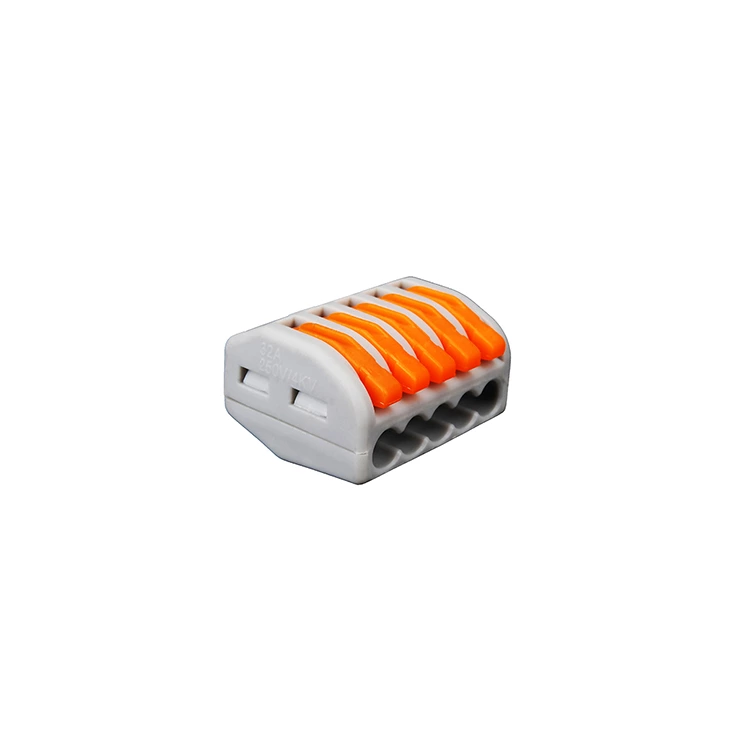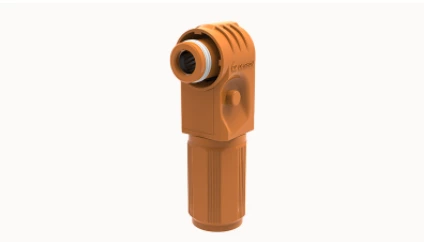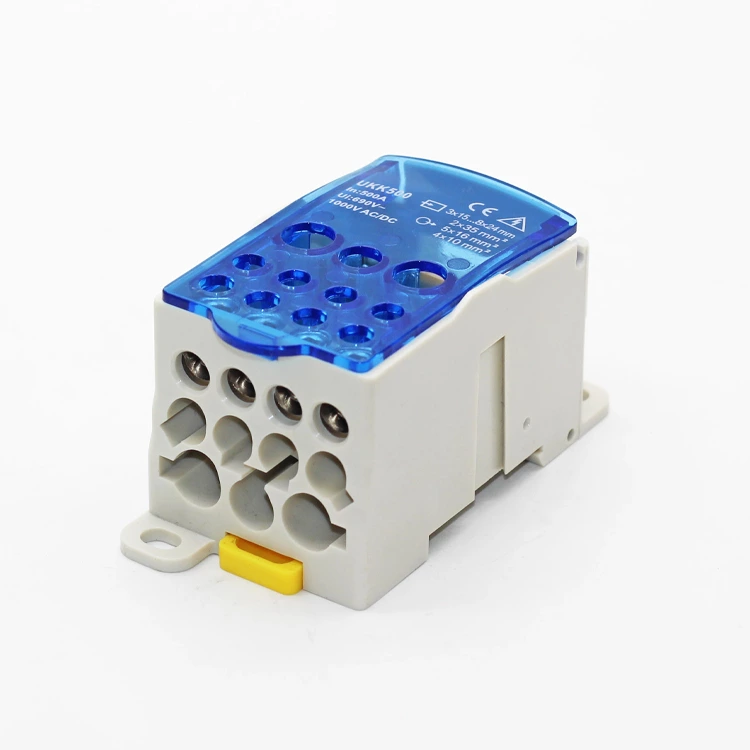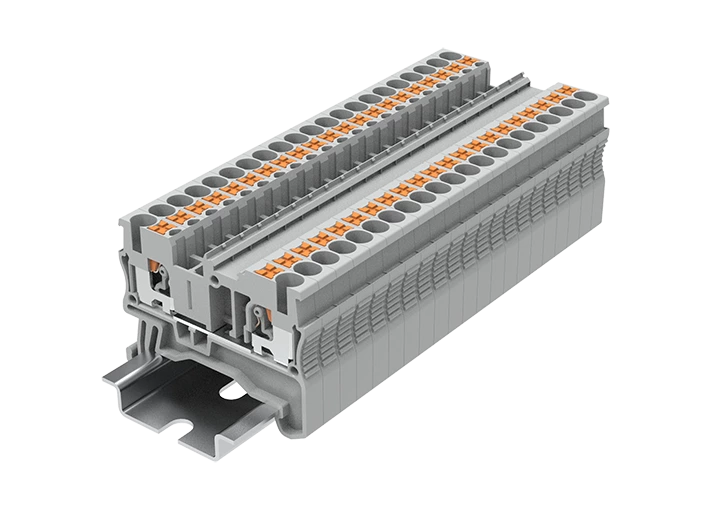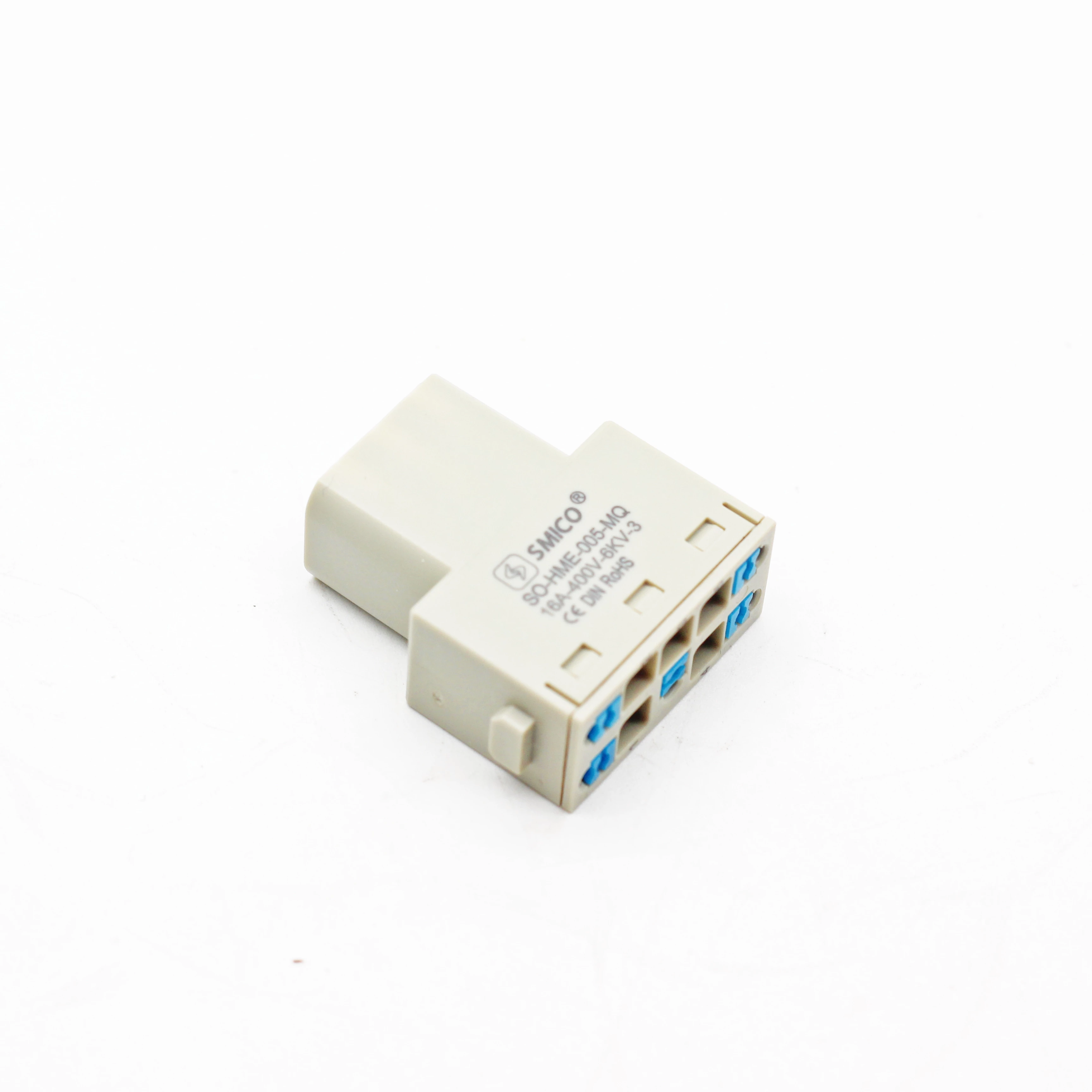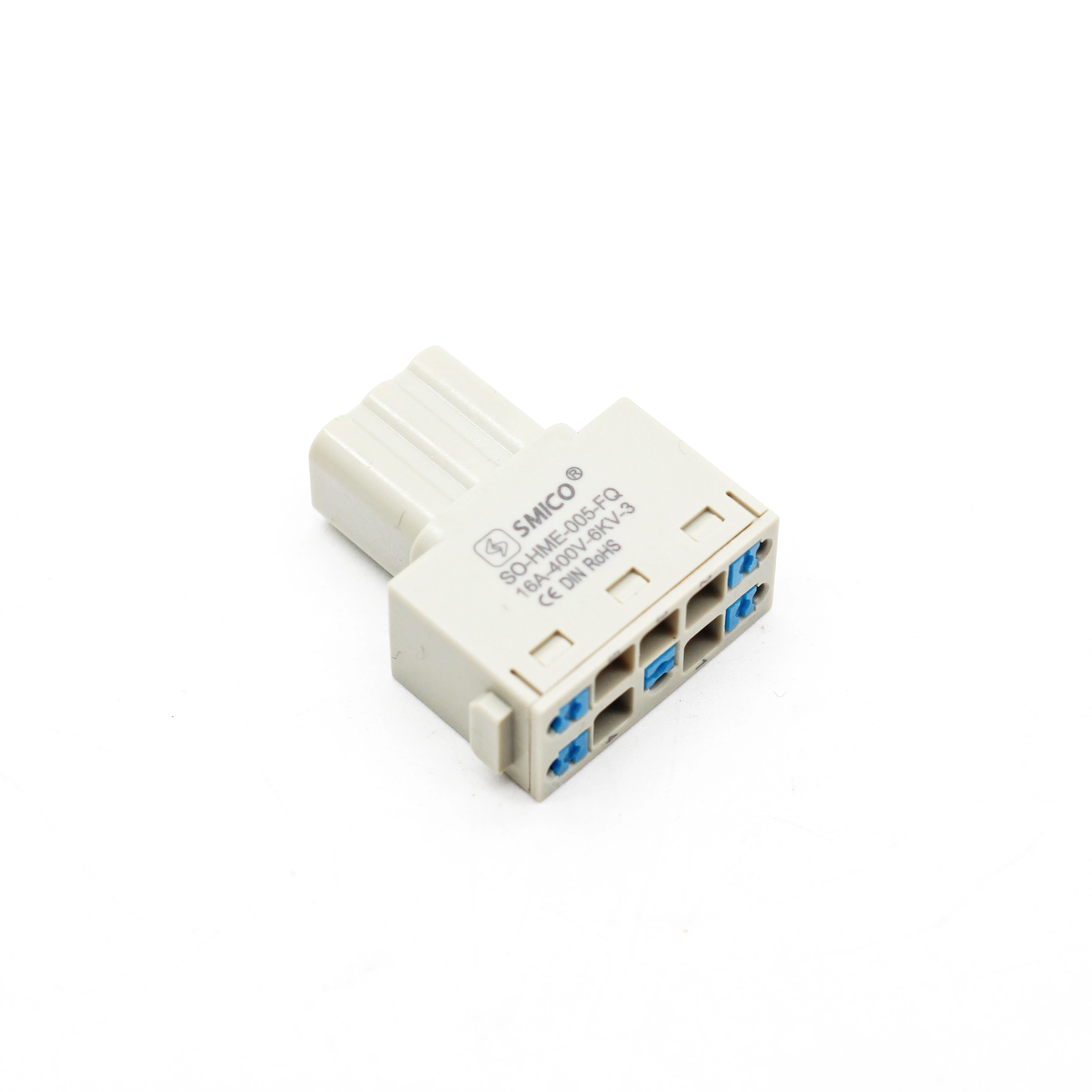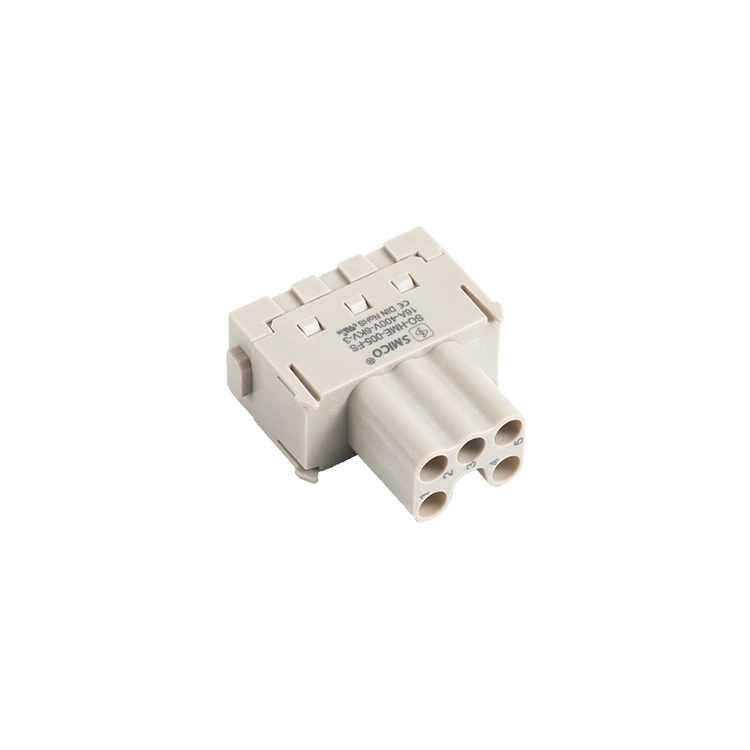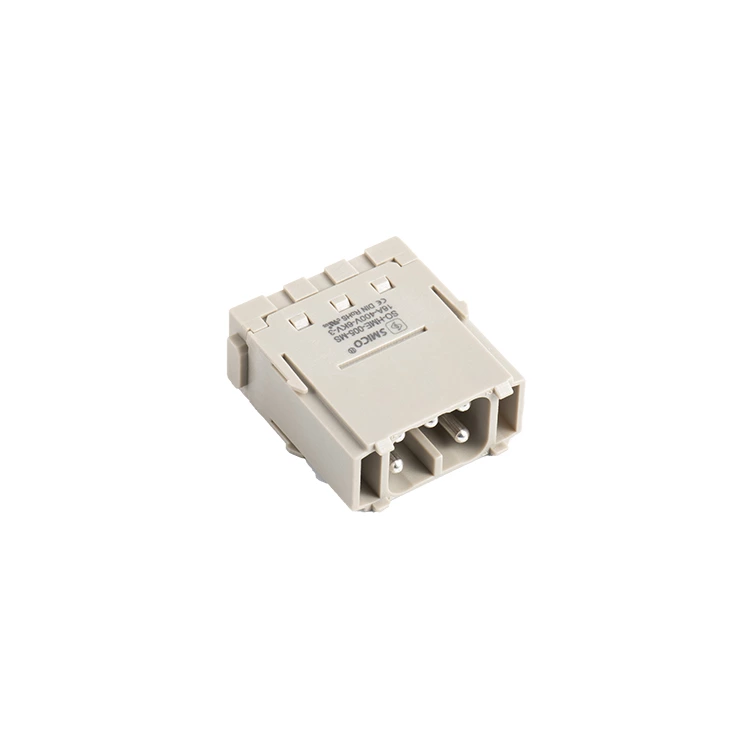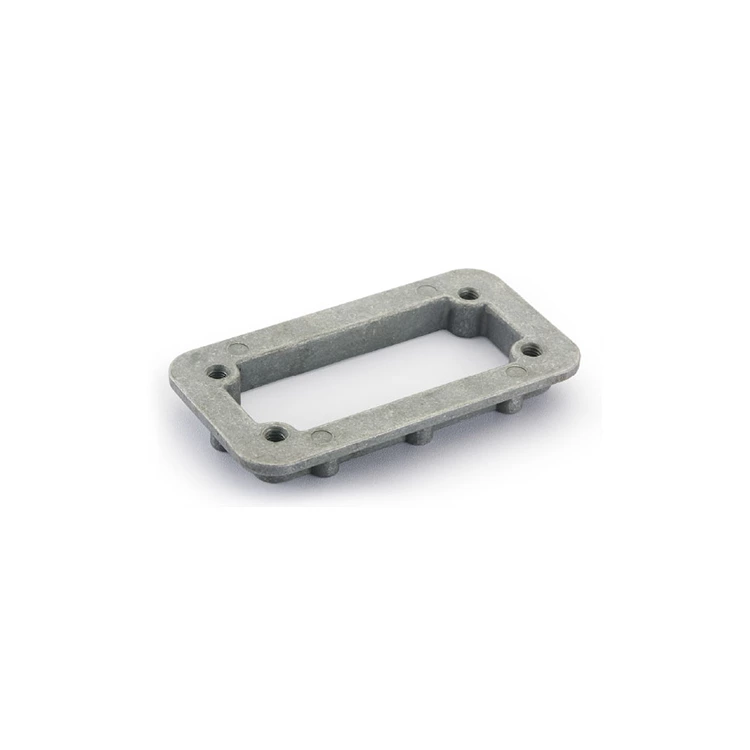The Key Factor Of Copper Terminal Block Is Power
One of the key elements of copper distribution block that must be considered is the output power solution capability of the component.
Currently, there is no unified specification for copper terminal strip the output power and characteristic indicators of end products by organizations such as UL, IEC, CSA, and DIN. It is important to know the difference between UL and IEC specifications. The specifications of end products produced in Europe use IEC standards, while those produced in the United States use UL standards.
There is a big difference between these two specifications. Technical engineers who do not understand the method of determining product models will take a big risk because the components used may not meet the required output power level, or the specifications of the components used far exceed the requirements of the design solution. In Europe, the rated current of the component is determined by the temperature of the metal conductor when the detection current increases. When the temperature of the metal pin is higher than the operating temperature of 45°C, accurate measurement personnel will use the current at this time as the rated voltage value (or higher current) of the component.
Another item in the IEC model is the allowable current, which is 80% of the larger current. In contrast, the UL specification uses 90% of the current when the temperature of the metal conductor is 30°C higher than the operating temperature as the current tolerance value of the component. It is not difficult to see that the temperature of a part of the electrical conductor of a metal material is a key factor in all applications. This is crucial for mechanical equipment. Because mechanical equipment generally must be in a working environment with a temperature of 80°C. If the temperature of the terminal is 30°C or 45°C higher than this temperature, the temperature of the terminal may exceed 100°C.
Depending on the tolerance value of the selected component and the type of insulation layer material, the goods must operate at a current less than the rated current to ensure that they can work reliably within the expected temperature range. Sometimes, the raw materials suitable for compact packaging components will not be able to take into account the heat dissipation regulations of the heat pipe well, so the current of such terminal components in the application must be much less than the rated current. This reflects the necessity of how to choose the terminal.
